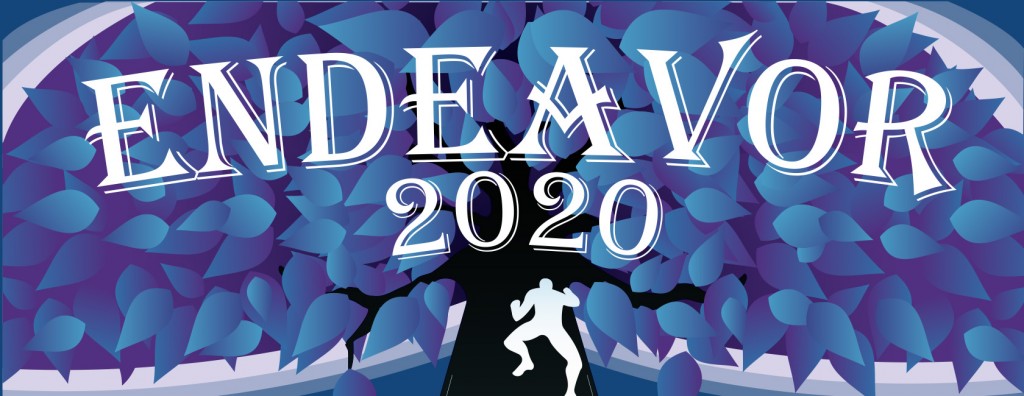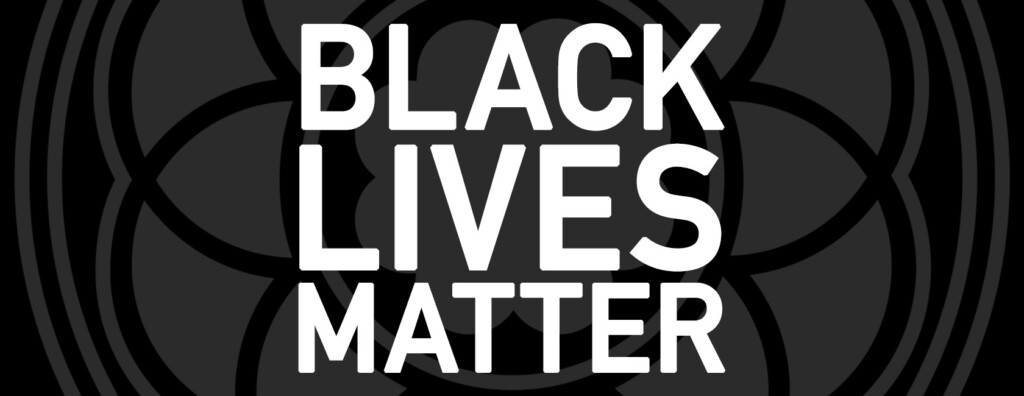Page 5 • (71 results in 0.048 seconds)
-
In terms of land mass, Africa is a large continent, in which all of the United States, Europe, China, India, Mexico and Japan could easily fit.
, ceramics, metal working, and more. And although all are collected today and can be found in art galleries, the former are more likely to have been made and used, with the latter created for aesthetic reasons. Still other forms of African art include personal adornment (made from silver, gold, copper, brass, ivory, wood, clay, animal skin, textiles and beads), as well as intricately carved and woven objects of a practical nature, with some made for everyday personal use and others for only on special
-
Winter 2017 Resolute: Explore global education here and away
ceramics. Haake came to PLU to pursue her passion, after raising kids and working various jobs. Jenny Kimura Meet Jenny Kimura ’17, who works with Impact, the student-run advertising agency. She’s studying graphic design, publishing and printing arts, Latin, and art history. VOLUME 4, ISSUE 2 RESOLUTE is Pacific Lutheran University’s flagship magazine, published three times a year. EDITORIAL OFFICES PLU, Neeb Center Tacoma, WA 253-535-8410 Contact Us Links Features On Campus Discovery Class Notes
-

Scholarship applications have opened and we are now accepting applications for the 2023-24 school year. Incoming students (new or transfer) are eligible to apply for these renewable, merit-based awards. Read below for tips and tricks for preparing your best application! How do I apply? Apply…
Theatre in addition to Studio Art & Design or Media. However, your applications will need to be entirely separate and you will need to prepare all of the necessary application materials for all areas. On the other hand, if you have multiple interests among our Studio Art & Design programs (Art History, Ceramics, Graphic Design, Photography, Printmaking, or Publishing and Printing Arts) you will only need to submit one scholarship application—just be sure to address your interests in each of the three
-

TACOMA, WASH. (Feb. 28, 2017)- Community leaders behind the Pierce Center for Arts & Technology (PCAT) have big plans to create a wide variety of new opportunities for both youth and adults in the South Sound region. The recently established nonprofit organization is working toward…
Parkland community, where the center would be located, includes many residents who have not been able to access these kinds of services due to many reasons that include financial constraints and a lack of resources in this area.” PCAT hopes to offer classes on digital media and ceramics to local high school students, pointing to research and case studies from across the country that suggest participation in the arts can be a catalyst for at-risk students to continue moving forward academically. “We’ve
-

See all the projects and art that our Art and Design seniors have created.
, Graphic Design “Knock…knock…” This is Kiv@-@rt station; a little art station run by newbie artist Kim. She is from Vietnam and has settled down in T-town aka Tacoma, WA. She loves to create fun and subtle things, using her art to make her viewers happy.Portfolio Celeste JessopBA, Studio Art | Religion minor As soon as she could hold a pencil, Celeste showed an interest in art which grew into a fierce love for working with mixed media. Her favorite mediums include sculpture, ceramics, printmaking, and
-

In our new series, “Office Hours,” faculty open their doors and give you a look into their creative spaces. Join these faculty for their own office hours at PLU. Come in, sit down, have a conversation, you might just learn something new! Resident Instructor of…
Steve Sobeck – “Office Hours” Posted by: Mandi LeCompte / January 26, 2017 January 26, 2017 By Mandi LeCompteOutreach ManagerIn our new series, “Office Hours,” faculty open their doors and give you a look into their creative spaces. Join these faculty for their own office hours at PLU. Come in, sit down, have a conversation, you might just learn something new!Resident Instructor of Art & DesignOffice: Ingram 106 Email: sobecksm@plu.edu Courses taught: Ceramics Topics of Interest: Design
-

The Department of Communication at Pacific Lutheran University stands in solidarity with those demonstrating and protesting both here and around the country against the state violence repeatedly enacted against people of color generally, and Black Americans specifically. Breonna Taylor was shot to death in her…
Professor, Department of Communication Amanda Feller, Associate Professor, Department of Communication Joanne Lisosky, Professor Emeritus, Department of Communication Diane Harney, Professor Emeritus, Department of Communication Read Previous #BetweenArtAndQuarantine Challenge Read Next Socially Distant Ceramics Class LATEST POSTS Meet Professor Junichi Tsuneoka August 20, 2024 Pacific Lutheran University Communication students help forgive nearly $1.9M in medical debt in Washington, Idaho, and Montana
-

A diverse and dynamic artist and educator, Mare Blocker has been teaching at PLU since 2014. Her classes include Art of the Book and Typography among others. Read more about Mare in this extended interview. What is your educational background? I have a BFA in…
minister at the church my family helped found in Seattle. I soon learned that wasn’t really a viable career path for a young woman in the 70’s, so I began down a social work path. Spring term, I took ceramics, Poetry and the Mystical Experience, and Lutheran Studies, and had an epiphany about my calling and became an art major. I ended up transferring to the UW to study with Patti Warashina and Howard Kottler, because I was more into handbuilding than throwing. While I was at the UW, I worked in fiber
-

PLU mathematics professor Jessica Sklar is one of 23 collaborators creating a notable work of art, soon touring the nation. Called Mathemalchemy, the installation celebrates the beauty and creativity of mathematics. The finished piece will be about 16 x 8 feet in area and 9…
, including ceramics, temari balls (a Japanese thread-art form), knitted and crocheted objects, quilts, 3D printing, welded steel, woodworking, textile embellishment, origami, metal-folding, and water-sculpted brick. After being unveiled in December 2021, the traveling installation will appear in venues such as art museums, universities, science museums, and mathematical and scientific institutes. After completing its sojourn, Mathemalchemy will be on permanent display at Duke University. The project is a
-
Faculty news for Pacific Lutheran University.
WATCH: Drum Taps: Nine Poems on Themes of War Join us for the closing event in the 2012 SOAC Focus Series. Enjoy a small gallery in Lagerquist lobby with ceramics and printmaking works. These pieces are inspired by the themes around Drum Taps. May 15, 2012 7:00 Attend a pre-concert panel with Composer Greg… April 21, 2012 Faculty
Do you have any feedback for us? If so, feel free to use our Feedback Form.


